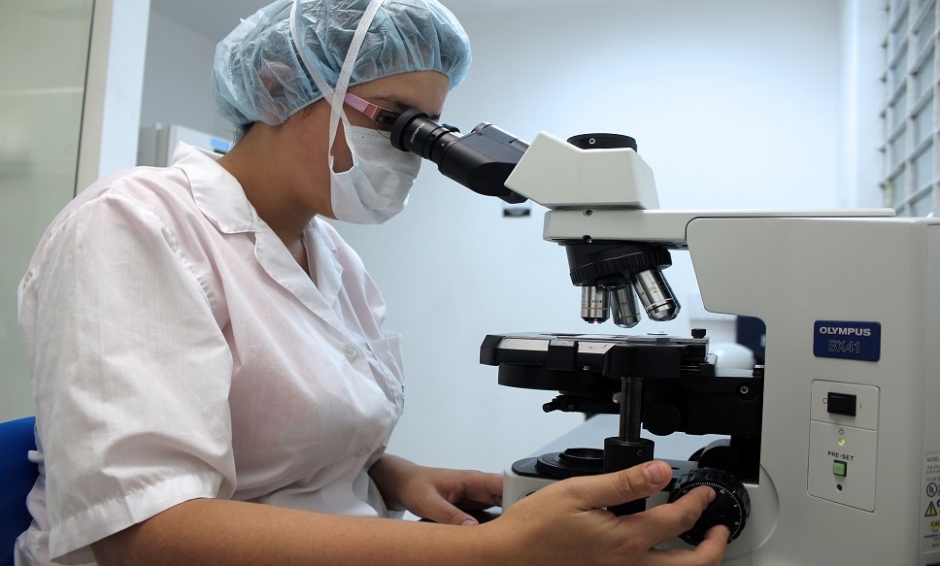MICROBIAL patterns within stool samples may present a new method of diagnosis for nonalcoholic fatty liver disease (NAFLD), suggests a preliminary study by researchers from the University of California, San Diego, the Human Longevity, Inc., San Diego, and the J. Craig Venter Institute, La Jolla, California, USA. Until now, a definitive diagnosis of NAFLD could only be achieved by an invasive liver biopsy, but the study’s encouraging results indicate that stool sample analysis may present an alternative option.
Building upon previous research that demonstrated the makeup of a patient’s gut microbiome could affect their risk of obesity, the study sought to explore a possible link between obesity-related liver disease and the gut microbiome. Eighty-six patients with NAFLD were examined, 14 of whom had an advanced form of the disease. Their stool samples were analysed, and the presence, location, and relative abundance of various microbes was noted. The result of this analysis was the identification of 37 species of bacteria that differentiated advanced NAFLD from the mild or moderate forms with 93.6% accuracy.
To verify the findings, a second test was performed whereby 16 patients with NAFLD were investigated alongside a control group of 33 healthy volunteers. The researchers tested for the abundance of nine types of bacteria, seven of which were chosen from the 37 previously identified. Based on these markers, the researchers were able to differentiate the NAFLD patients from the controls with 88% accuracy. Thus, the combined results of these two studies present a convincing argument for the utility of stool analysis as a diagnostic tool for NAFLD; overall, researchers predicted advanced NAFLD with an accuracy of 88–93.6% in 135 participants.
The researchers suggest further studies on a greater scale are required to validate the concept of stool-based diagnosis for NAFLD, but nonetheless, their results present a promising new direction for diagnostic hepatology. “We believe our study sets the stage for a potential stool-based test to detect advanced liver fibrosis based simply on microbial patterns, or at least help us minimise the number of patients who have to undergo liver biopsies,” said Prof Karen E. Nelson, President of the J Craig Venter Institute and senior study author.
(Image: freeimages.com)








